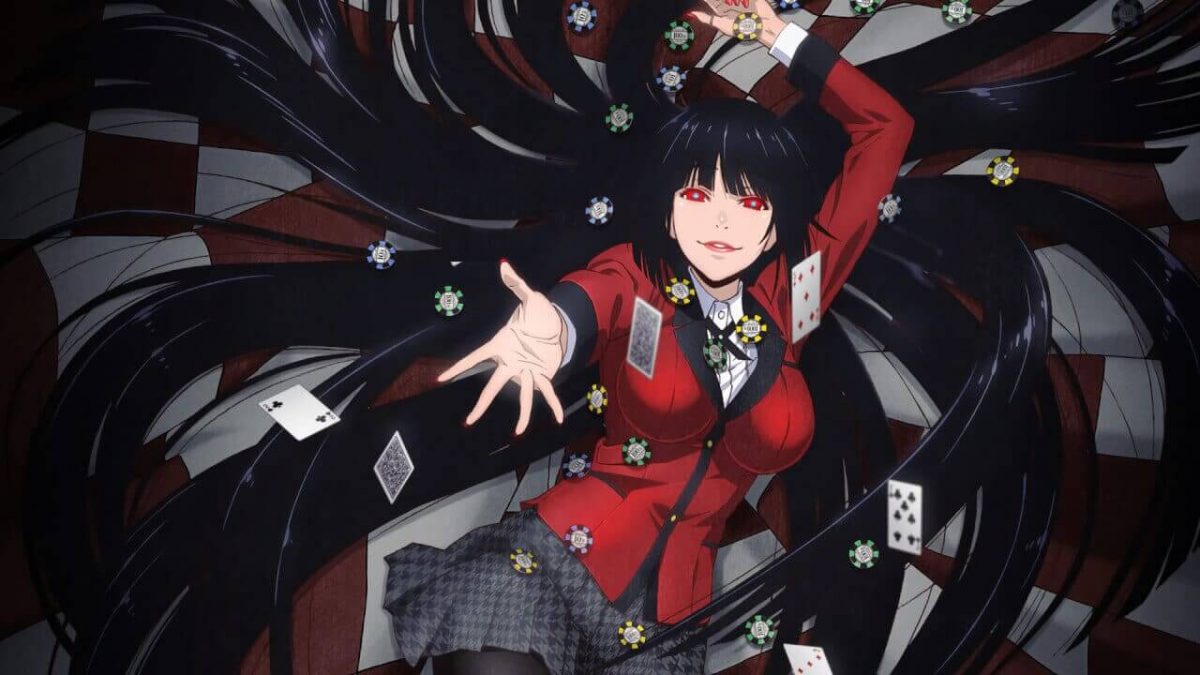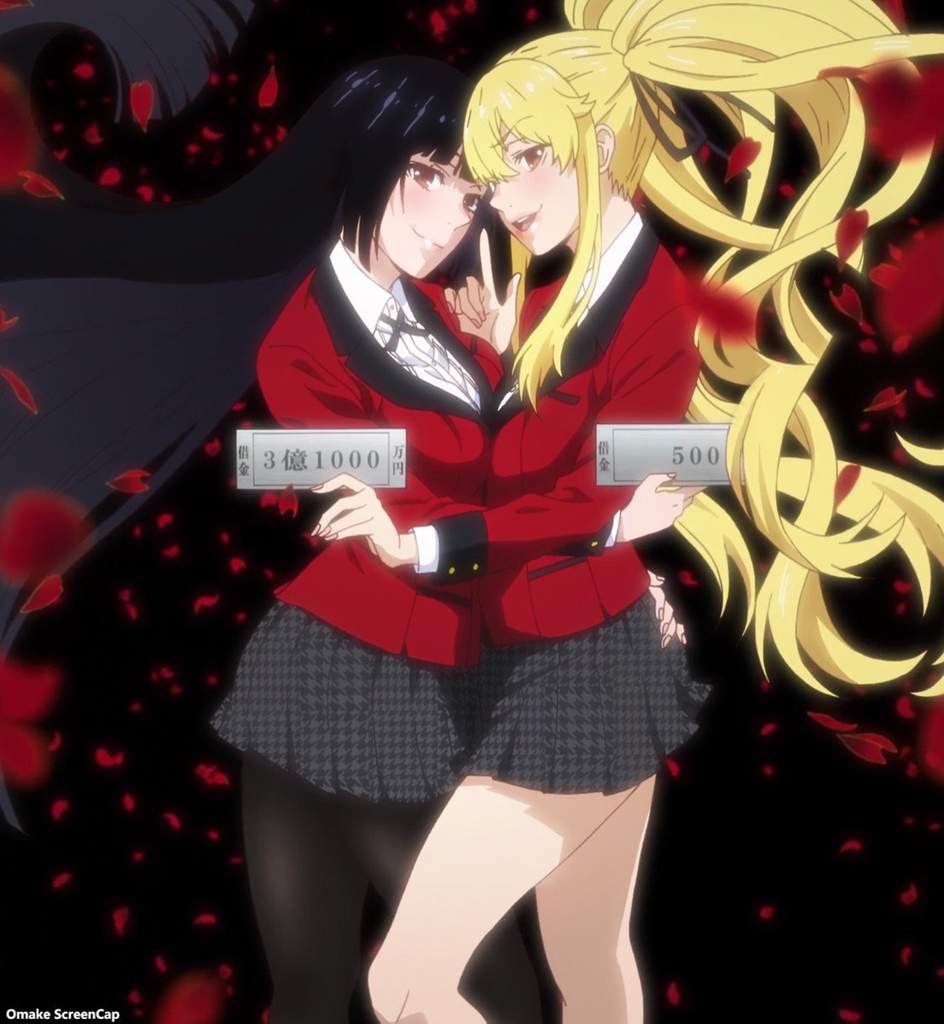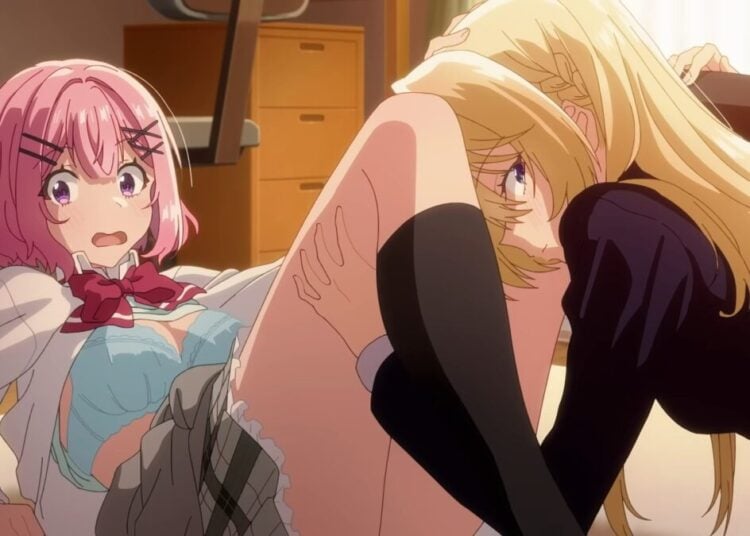What leads us binge-watch anime? What is it about certain shows that leads us to watch an episode, and without thinking about it, skip the ending song and go right to the next one. And the next one. Until before we know it, we’ve watched the whole season.
There are a couple of reasons that almost go without saying. How much we enjoy the show. How much it fits our taste in anime. Maybe all a show needs to be binge-worthy for someone is to be a quality anime. But the shows that people are more likely to binge use a number of techniques to encourage that kind of behavior. In fact, a relatively mediocre show can still generate a five-six hour couch session if it skillfully uses methods to encourage you to binge-watch. A highly enjoyable show that uses these techniques inevitably hooks people in.
I’m sure you’re familiar with some of these techniques — ploys that aren’t that different from what makes a reader decide they need to finish “just one more chapter”, or a gamer to decide they just need one more turn, or level. But if you keep them in mind, you can enjoy the work going into the show on a whole other level even as you inevitably hit “play” again.
For specific examples, I’m going to use the anime Kakegurui, a gambling anime that recently got a second season release on Netflix. If you haven’t watched it, I suggest you do: it made a summer anime 2017 top 20 list. I’ve only included spoilers from season 1, but there are spoilers.

It’s not a surprise that some of the elements that help an anime end satisfactorily also drive binging. The minor conflicts and mysteries of a show are what drives interest in the plot and the characters. Many anime encourage binging by pushing the plot along quickly, creating new conflicts as fast as they resolve old ones. As long as something is going on, people keep watching. With the typical twelve episode anime season, this kind of fast-paced progression works well, especially once the show gets onto DVD, or better, a streaming service. It’s easy to keep watching as long as something cool is happening, and the protagonist is in trouble. In Kakegurui, the heroine Yumeko is never out of trouble. From massive debt to the risk of a bullet to the brain, Yumeko is constantly dodging one threat just to stumble into another. For her, it’s a bit more literal than for some protagonists, since her nature as a compulsive gambler inevitably draws her to risk.
Enhancing that constant threat is the use of cliffhangers. Common in media, a cliffhanger is when a conflict (or sometimes just a major story thread) goes unresolved from one chapter/book/episode to the next. In Kakegurui, many of the show’s gambles progress over two episodes, making it impossible to quit halfway through. Even when Yumeko resolves one gamble, she’s often still in debt, or under a greater threat, that will lead into the next one, if only you watch the next episode.
In anime in general, arcs function to organize episodes into groups where only the final episode of an arc resolves the main conflict, or sometimes any of the conflicts, encouraging the viewer to at least watch an anime one arc at a time.
The fast progression and cliffhangers are usually combined with solid cathartic moments. The emotionally uplifting moments that encourage you to cheer for the protagonists, or the dark moments where you fall into despair with them. Used properly to encourage you to binge-watch anime, these moments shouldn’t always be the resolution of conflicts, and gambling anime is perfect for adding complications. In Kakegurui, my favorite episodes are the two where Yumeko is working with her initial enemy, Mary, in a game of Indian poker against two other people. No one is supposed to be working together, but surprise! not only are Yumeko, and Mary cooperating, but so are their opponents. The twists include that the method their opponents use to communicate is abused by the protagonist’s team, and that Yumeko manages to break up the opposition’s teamwork. There are multiple moments where you are excited for Yumeko’s impending win, only to realize something else is standing in her way. You can’t be sure what will happen until the cards are down.

Anime has multiple methods to enhance these techniques. Cliffhangers can be built-upon with post-ED scenes. Quick action is enhanced by appropriate music. But most of all, emotional moments are enhanced by the artwork. When watching Yumeko work with Mary, teasing viewers with suggestive visuals does a pretty good job at enhancing their emotional pull. You want them to win. Then the episode ends, and you find yourself, whether you watch the ending or not, going “just one more episode.”
So go binge-watch some anime. The methods that make you want to do it also tend to make the show more exciting. Even though Kakegurui doesn’t do the best job on the low moments, never making the stakes feel that real, the show is exciting to watch, and can easily be binged. All twenty-four episodes are on Netflix after all. And some Kakegurui figures are available for pre-order. Having all the episodes together, with no ads, and no discs to switch, may be the most effective new way to get people to binge-watch.



![Sawaranaide Kotesashi Kun Episode 12 [END] Featured Image](https://blog.jlist.com/wp-content/uploads/2025/12/Sawaranaide-Kotesashi-kun-Episode-12-END-Featured-Image-750x536.jpg)










